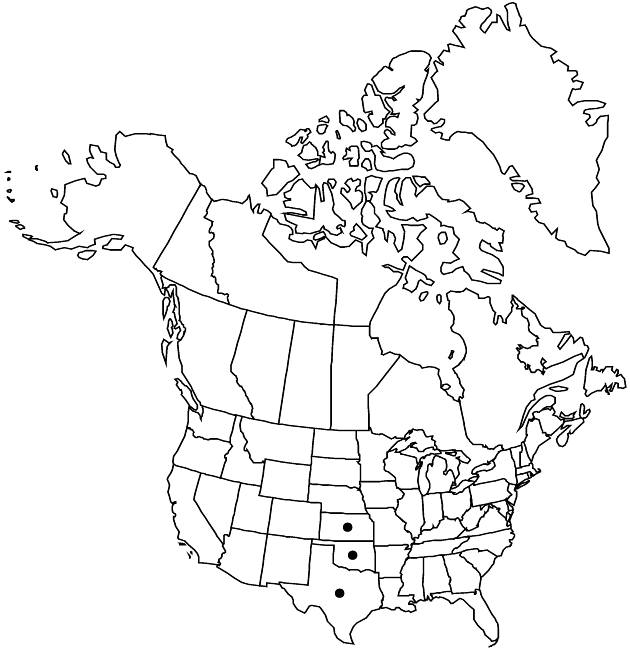Difference between revisions of "Echinacea atrorubens"
Trans. Amer. Philos. Soc., n. s. 7: 354. 1840.
FNA>Volume Importer |
FNA>Volume Importer |
||
| Line 50: | Line 50: | ||
|publication year=1840 | |publication year=1840 | ||
|special status= | |special status= | ||
| − | |source xml=https://jpend@bitbucket.org/aafc-mbb/fna-data-curation.git/src/ | + | |source xml=https://jpend@bitbucket.org/aafc-mbb/fna-data-curation.git/src/8f726806613d60c220dc4493de13607dd3150896/coarse_grained_fna_xml/V19-20-21/V21_207.xml |
|tribe=Asteraceae tribe Heliantheae | |tribe=Asteraceae tribe Heliantheae | ||
|subtribe=Asteraceae (tribe Heliantheae) subtribe Ecliptinae | |subtribe=Asteraceae (tribe Heliantheae) subtribe Ecliptinae | ||
Revision as of 15:33, 18 September 2019
Plants to 90 cm (roots elongate-turbinate, ± branched). Herbage usually hairy (hairs appressed to ascending, spreading on adaxial leaf faces, to 1.2 mm), rarely glabrous. Stems light green to tan. Basal leaves: petioles 0–12(–20) cm; blades (1-), 3-, or 5-nerved, usually linear or lanceolate, rarely ovate, 5–30 × 0.5–3 cm, bases attenuate, margins usually entire. Peduncles 20–50 cm. Phyllaries linear to lanceolate, 6–15 × 1–3 mm. Receptacles: paleae 9–15 mm, tips red to orange-tipped, usually straight, sharp-pointed. Ray corollas purple, rarely pink or white, laminae reflexed, 19–35 × 2–7 mm, glabrous or sparsely hairy abaxially. Discs ovoid to conic, 25–35 × 20–40 mm. Disc corollas 4.5–5.5 mm, lobes greenish to pink or purple. Cypselae tan, 4–5 mm, faces finely tuberculate, glabrous; pappi to 1.2 mm (major teeth 3–4). 2n = 11.
Phenology: Flowering mostly late spring.
Habitat: Dry, limestone or sandstone outcrops, prairies
Elevation: 50–500 m
Distribution

Kans., Okla., Tex.
Discussion
Selected References
None.